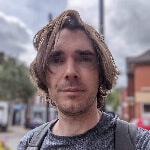We spoke to Ladi Svoboda to learn how he captures amazing images like these:
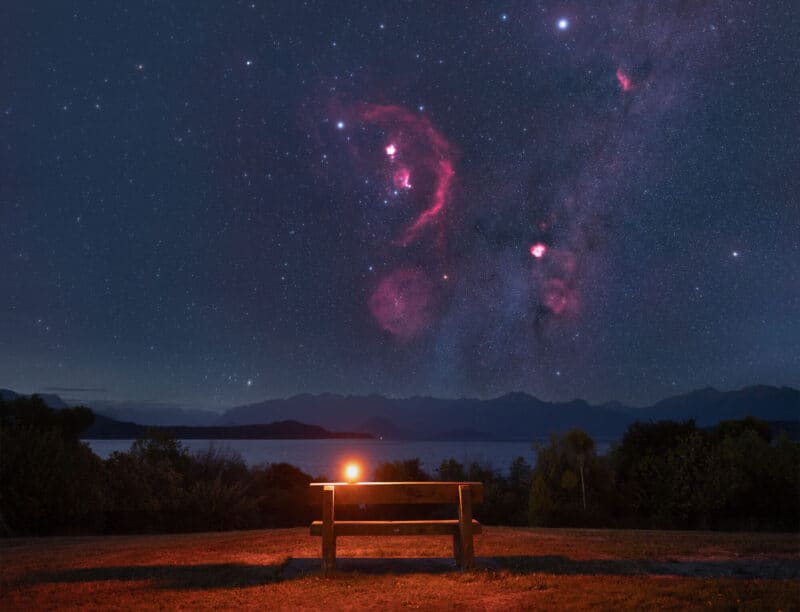
“Every time I capture a new image or help someone else get into astrophotography, it feels like a win.”
Where are you and what’s your astrophotography focus?
I’m based in Wellington, New Zealand, and my astrophotography focuses on wide-field landscape astrophotography.
I enjoy blending stunning landscapes with the cosmos, and I love sharing my journey and technical details through my website.
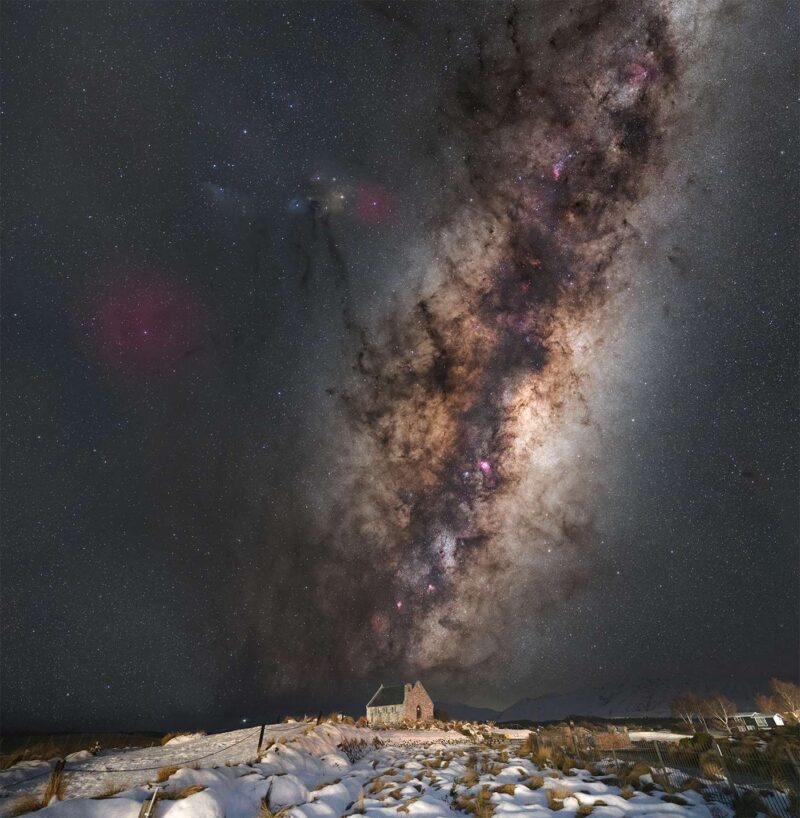
How do you plan your photos?
I use a combination of planning tools to ensure the best conditions for my shots. Some of my go-to apps include:
- PhotoPills – For planning compositions, tracking the Milky Way, and moon phases.
- Stellarium – To visualize the night sky and constellations.
- Windy – For weather forecasts and cloud cover predictions.
- Google Earth & NZ Topo Maps – To scout locations ahead of time.
“A tripod and a basic DSLR/Mirrorless camera with a wide lens can produce great results.”
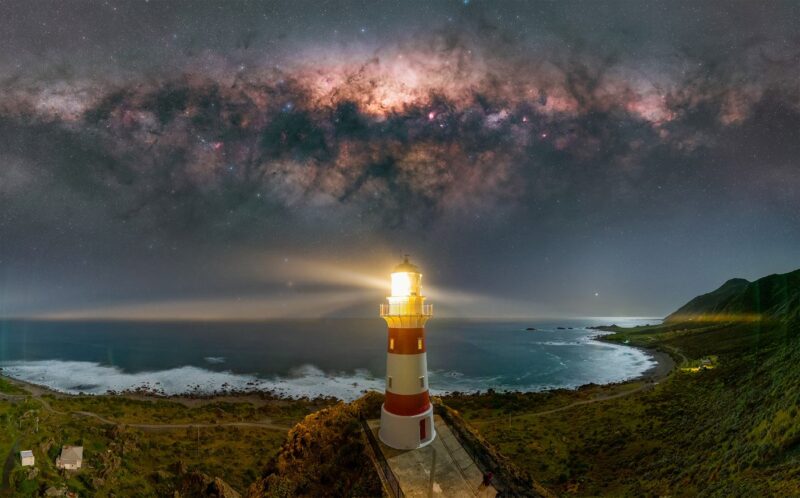
What gear do you use?
Cameras
- Sony a7III – HA Astro modified (to buy pre-modified see here)
- Sony a7RV – For foreground and normal ‘travel’ photos.
Lenses
- Sony 24mm f1.4 GM – My main ‘sky’ lens.
- Sony 14mm f1.8 GM – My main foreground lens
- Sony 50mm f1.4 GM – For detailed sky shots and my Giga-Pixel Milky Way Project (I am attempting to capture an ultra-high-resolution mosaic of the Milky Way core using a 50mm lens, an astro-modified camera, and a hydrogen-alpha (Ha) filter. The goal is to create an exceptionally detailed and deep image that reveals the intricate structures of our galaxy, including emission nebulae that glow in Ha wavelengths)
- Sony 70-200 f2.8 GM II – For even more close up shots and panorama.
- Sony 200-600 f5.6-6.3 – Mainly for wildlife – but I’ve also used this lens for deep space.
Filters
Star Tracker
In the future I would like to get a dedicated Deep Space Mount and Telescope.
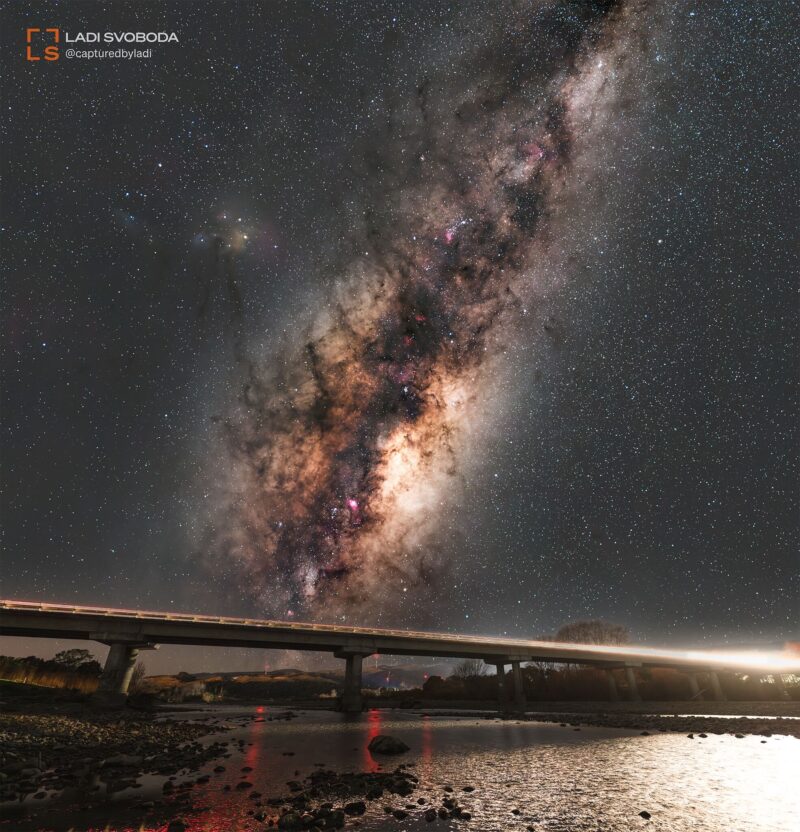
What do you do for post-processing?
Post-processing is a huge part of astrophotography! I primarily use:
- Adobe Photoshop & Lightroom – For global adjustments, color correction, and fine-tuning.
- PixInsight – For processing, stacking, star correction, gradient correction and noise removal.
- Sequator – A great free tool for stacking wide-field shots
What are your tips for beginner astrophotographers?
- Start simple – A tripod and a basic DSLR/Mirrorless camera with a wide lens can produce great results.
- Learn the sky – Apps like Stellarium help a lot.
- Use a star tracker – It’s a game changer for capturing more detail.
- Shoot in RAW & stack images – This improves image quality and reduces noise.
- Don’t give up on editing – Processing takes time to master, but it’s worth it!
- If you have the budget – get an astro-modified camera (like a modified Sony A7 III).
Resources I found helpful:
- YouTube channels like AstroBackyard and Nebula Photos
- Online communities and Instagram for inspiration and learning.
- You can find more inspiration on my website – under portfolio / image gallery where I share technical information about each shot – including location, planning and editing.
- Experimenting and learning from mistakes!
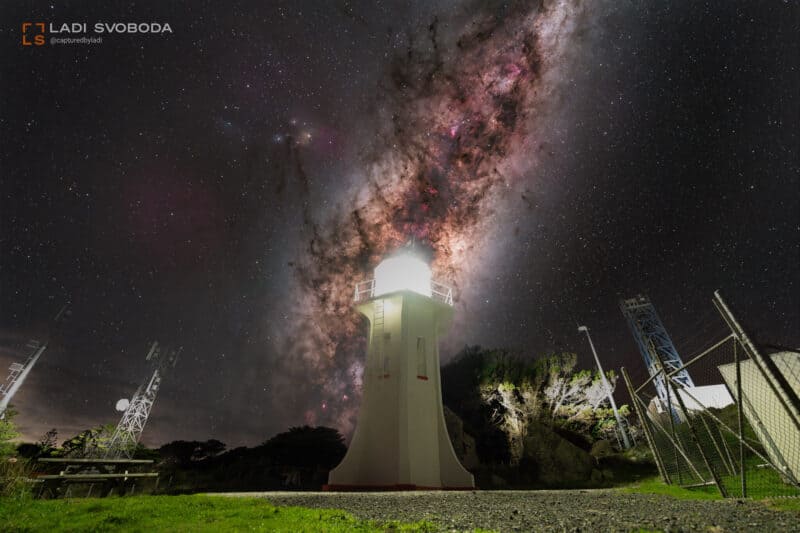
What has been your proudest moment in astrophotography?
- Winning second place in a landscape astrophotography competition (2024) hosted by Auckland Camera Store
- Being recognized as the third most commented astrophotographer in New Zealand (2024) by New Zealand Astro Competition
- Showcased in an Astrophotography exhibition in the WWII War Tunnels on Waiheke Island (New Zealand)
These were huge milestones for me!
But honestly, every time I capture a new image or help someone else get into astrophotography, it feels like a win.
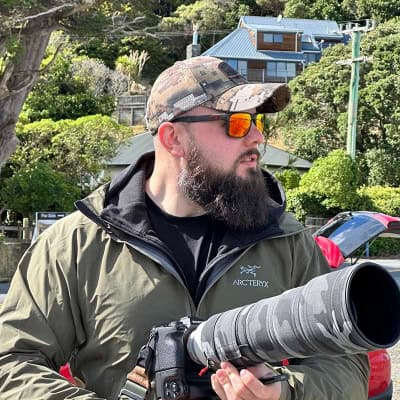
Where can people find you online?
You can check out my work and follow my journey at:
- Website: Captured by Ladi – Featuring my photography and technical blog posts.
- Instagram: @capturedbyladi – After Instagram changing the Ratio from 1:1 to 2:3 – I am taking a break from IG
- Picastro: @capturedbyladi – dedicated Astro App
- YouTube (coming soon!): I’m planning to launch a channel focused on astrophotography tutorials, field trips, and cinematic content.


